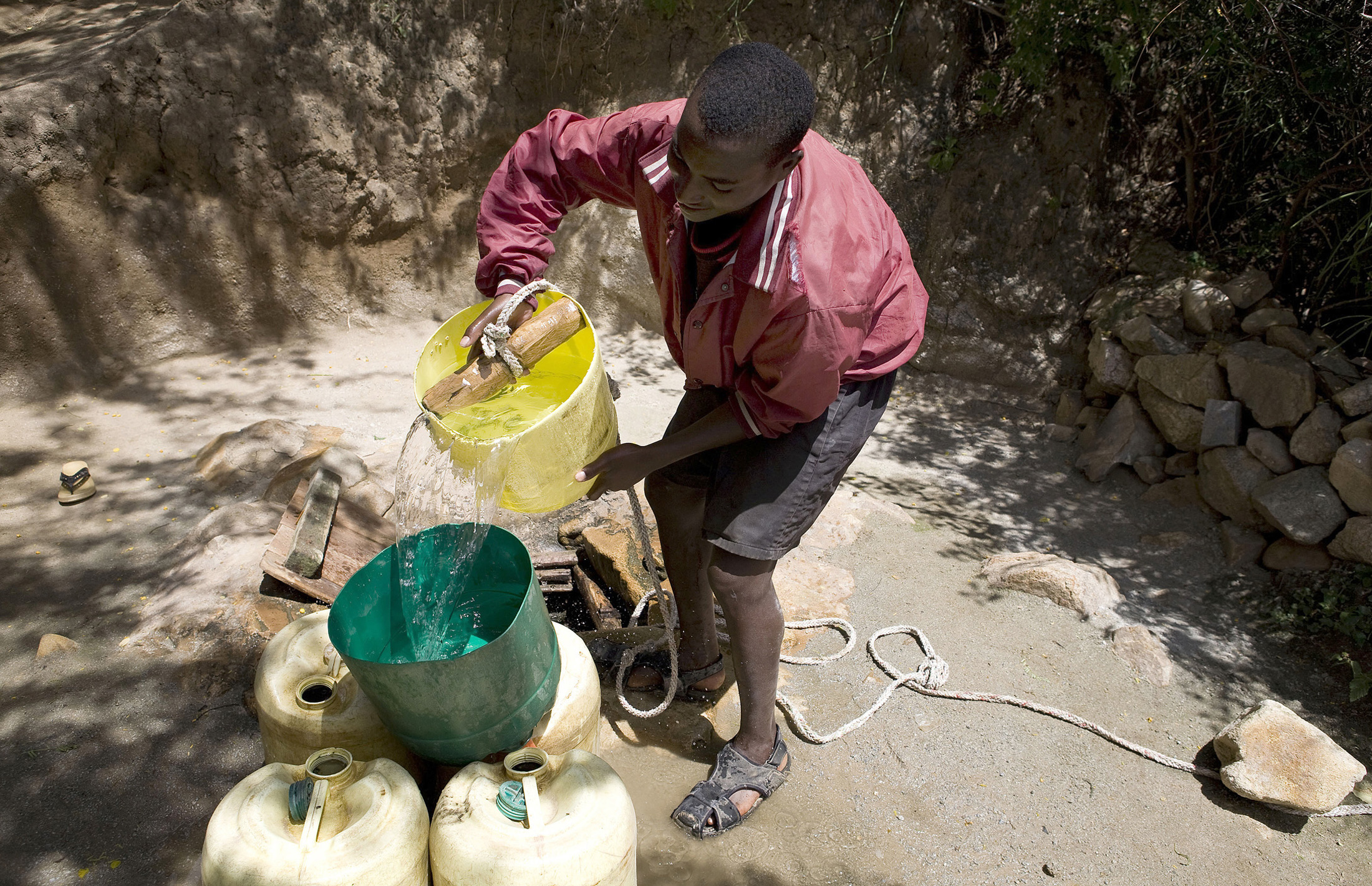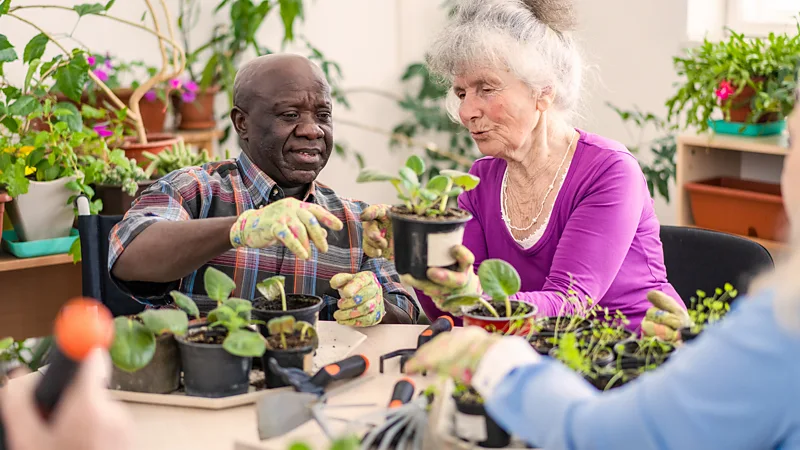The Thirsty Continent: Climate Change and Its Devastating impact on Africa's water supply
Research.

Climate change is altering the water cycle through floods, droughts, and increasing sea levels. These changes influence water access, quantity, and quality. All of this in a region, Africa, where 106 million people do not have access to clean water.
Lack of access to water and climate change are inextricably linked; they cannot be solved alone and must be addressed via multi-stakeholder participation.
Climate change is not a future issue for persons living in Burkina Faso, Ghana, and Niger; it is happening today.
Burkina, Ghana, and Niger have a total combined GHG emission that is 0.28% of global emissions and a combined Global Climate Risk Index of 275.834 . A disproportionate disadvantage that they are low emitters but have higher risks of impact and they are water stressed.(Global Climate Risk Index 2021)
Africa faces a disproportionately high number of consequences despite contributing only 2–3% of global greenhouse gas emissions. The effects of climate change are felt throughout the continent, from rising sea levels to prolonged droughts. Extreme weather has exacerbated the continent's water and food problems, with 20–80% of crop loss in Africa attributable to the weather. On the continent, water scarcity is anticipated to affect 250 million people. In spite of this, the majority of African nations, including Ghana, have implemented numerous measures to alleviate these pressures, with the assistance of external legislation such as the Paris Agreement.
Ghana is a country in West Africa. As of 2021, it has a population of 30,832,019 people, who live in nine different regions. Even though 92% of homes in Ghana have access to improved, protected water sources, 8% of the population still drinks from unimproved sources. (UN 2024)
Ghana has abundant water resources and is not considered water stressed overall. The total volume of freshwater withdrawn by major economic sectors amounts to 6.3 percent of its total resource endowment, which is lower than the water stress benchmark. Total renewable water resources per person of 1,949 m3 is also above the Falkenmark Indexii threshold for water stress.
However, water availability is influenced by management decisions and abstractions from upper-basin countries as almost half of its freshwater originates outside the country. (USAID 2024)
The Volta Basin covers most of the country and is critical to hydroelectric generation, agriculture, and fisheries. However, water availability for hydropower generation and agriculture is vulnerable to drought and depends on upper basin dam releases and abstractions in Burkina Faso. Flood risks are amplified by uncoordinated floodgate releases from upstream dams. Transboundary cooperation is needed to reconcile basin development plans and address flood mitigation and drought contingencies in the Volta Basin.(USAID 2024)
Informal gold mining, logging, and the expanding cocoa sector are increasing flood risks, erosion, and sedimentation in the Southwestern and Coastal Basins. Gold mining contaminates municipal water sources with heavy metals, especially in the Pra Basin. Municipal, domestic, and industrial waste also contaminate 60 percent of surface waters and degrade ecosystems and biodiversity, especially downstream of Kumasi and Accra.(USAID 2024)
Ghana has three main basins that outlet to the Gulf of Guinea: the Volta, Southwestern, and Coastal Basins. The transboundary Volta Basin contributes almost twothirds of total runoff,1 and is divided into the Black Volta, White Volta, Oti River, and Lower Volta Basins. The Black Volta joins the White Volta at the northwestern corner of Lake Volta, which is formed by the Akosombo Dam (147,960 MCM capacity) and is one of the largest artificial reservoirs in the world.
The Black Volta is characterized by high seasonal variability, with average wet season flows ten times higher than in the dry season. The White Volta Basin is smaller, however, the River’s flow is higher and covers more of Ghana. The White Volta’s flows are moderated by Burkina Faso’s Bagre Dam and seasonal flows of its tributaries. The Oti River joins the Volta River near Kete Krachi and contributes 40 percent of Lake Volta’s annual inflows. The Lower Volta Basin consists of numerous small rivers and Lake Volta.
The Southwestern Basin is relatively small but contributes almost one-third of Ghana’s total runoff due to high precipitation within the Bia, Tano, Ankobra and Pra Basins. The Coastal Basin contributes six percent of Ghana’s total runoff, with the Densu Basin sustaining the Densu Delta, a key Ramsar Site (Barry, Obuobi et al.2005)
Climate change is reducing precipitation, raising temperatures, and increasing evaporation rates in the Volta Basin, posing serious threats to water supply throughout northern Ghana. Warmer temperatures are decreasing the productivity of coastal and interior fisheries (Lake Volta), as well as agricultural production in northern Ghana. Ghana is among the most flood-prone countries in West Africa.
Climate change will cause floods to become more intense and frequent as sea levels rise and precipitation intensity increases. Urban slums and riverine villages in northern Ghana are especially vulnerable to flooding.
The following are some effects of climate change on water access and availability in Ghana;
Desiccation of buffet zones. The more significant climate change threat is deforestation in buffer zones. Buffer zones are strips of trees planted next to bodies of water to prevent the evaporation of groundwater. Worse, those who suffer the most from these changes are the most vulnerable, including the poor, children, and the elderly. With the capacity for regional adaptation severely hampered by a wide range of geographical and socioeconomic constraints, it is difficult to paint a complete picture of what is happening on the continent and, more importantly, how to plan for and control local effects.
Increasing scarcity of water resources. Rapid population growth and urbanization puts more strain on an already depleted water supply resource and incite mass migration to urban areas.
Limited water purification techniques. According to discussions with local non-governmental organizations, over 71.9% of the Northern, Upper East, and Upper West region's population either purify water by boiling using charcoal or firewood or simply do not treat it at all. The vast majority of residents in the Upper East, Upper West, and Northern regions live in rural communities, limiting access to drinking water despite best efforts.
Inability to comply with national regulations on water quality. Due to the distance and sparseness of farming communities, it is frequently challenging to enforce national regulations on potable water quality. As such, water sources frequently get polluted with contaminants from mining and farming activities, rendering water cleaning efforts even more costly.
Pollution from floodwaters. Climate change in Ghana brings along frequent floods and often results in the inundation of poorly constructed toilets. The contaminants from these inundated toilets get drawn into drinking water sources as the flood waters recede, forcing people to abandon these sources and resort to more expensive bottled or sachet water.
Damage to Ghana's water supply due to illegal mining. Ghana was one of the world's ten fastest-growing economies in 2019, with mining, petroleum, and agriculture driving the majority of expansion. However, this economic growth comes at a cost to the environment, as the majority of these sectors require intensive use of the available limited natural resources. Many of the processes have knock-on effects on other resources, with mining and farming chemicals frequently leaking into the water supply when unregulated.
Conclusion
The government of Ghana has implemented new policies aim to achieve sustainable development through equitable low-carbon economic growth while ensuring a climate-resilient and climate-compatible economy.
Besides, many organizations are working with the government and through NGOs to support universal access to clean and safe drinking water.
References
Barry, Obuobi et al. 2005. The Volta River Basin, Comprehensive Assessment of Water Management in Agriculture Comparative study of river basin development and management
Global Climate Risk Index 2021
UN 2024, United Statistics Division
USAID 2024 Sustainable Water Partnership activity, Country profile
Source : Florence Kyei / Lead News
The author is an Environmental & Climate Journalist and Lead Writer at Lead News.
Emal: [email protected]
Linkedin: https://www.linkedin.com/in/florence-kyei-970764140
Twitter: https://x.com/evlogia_7
























































